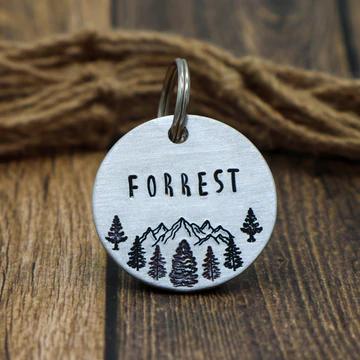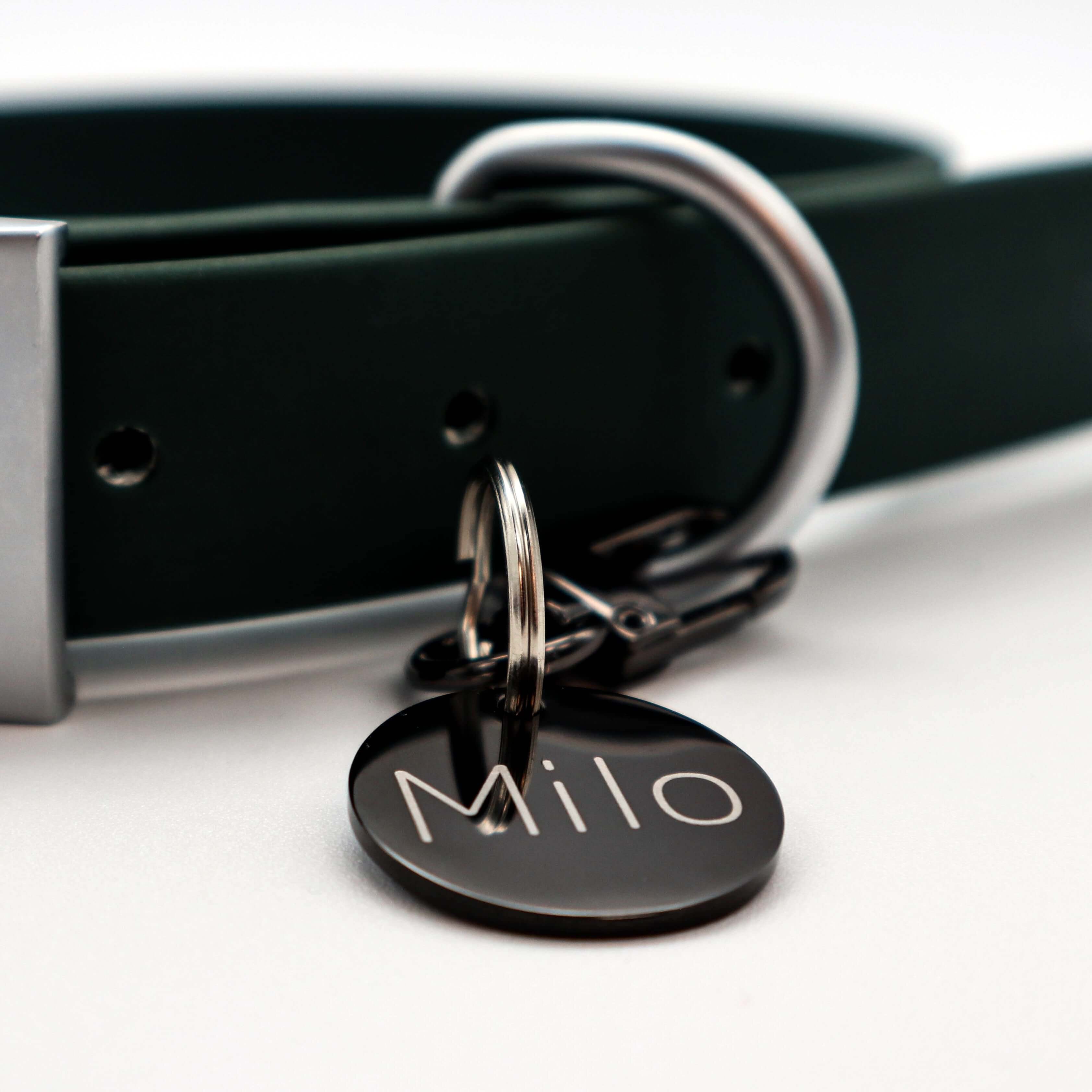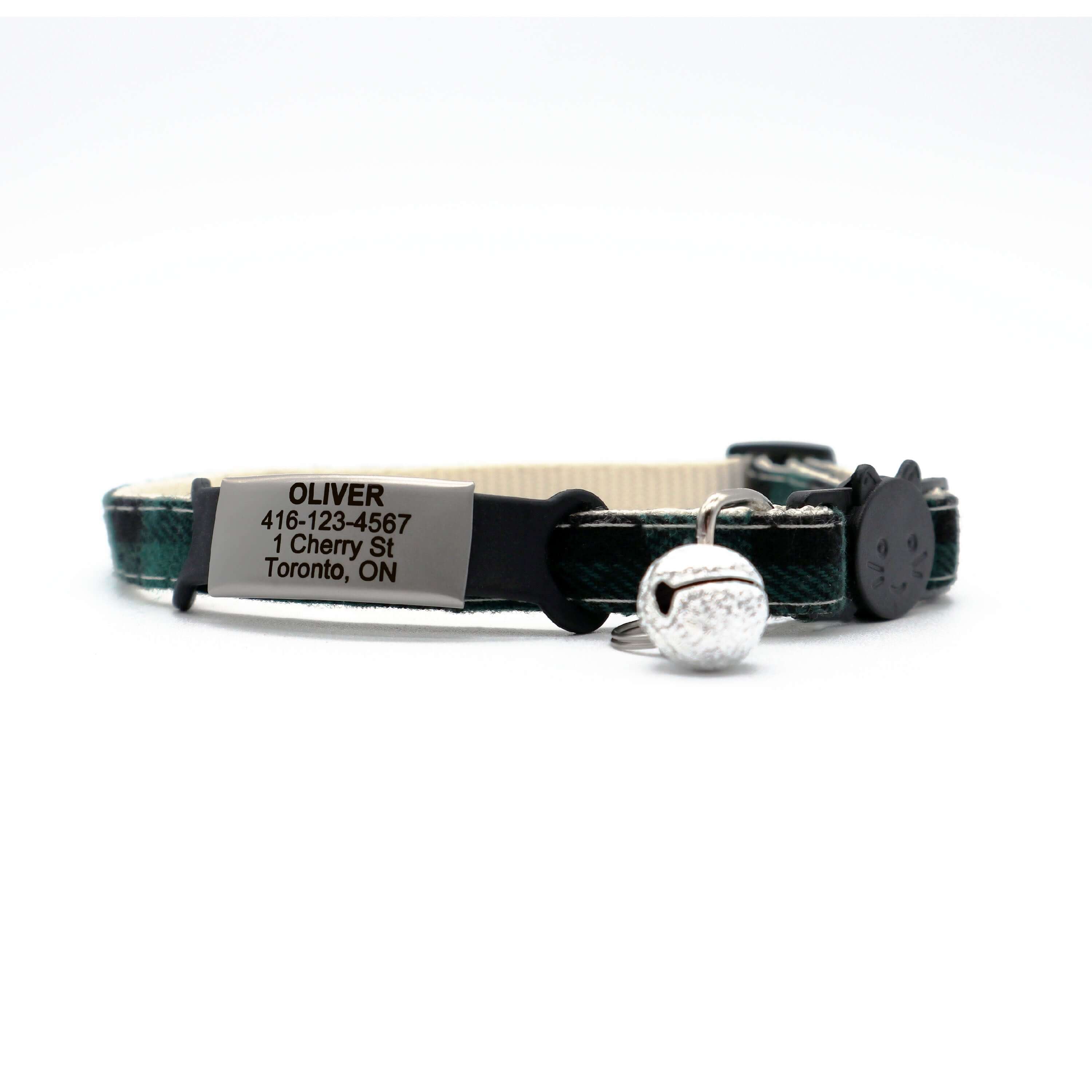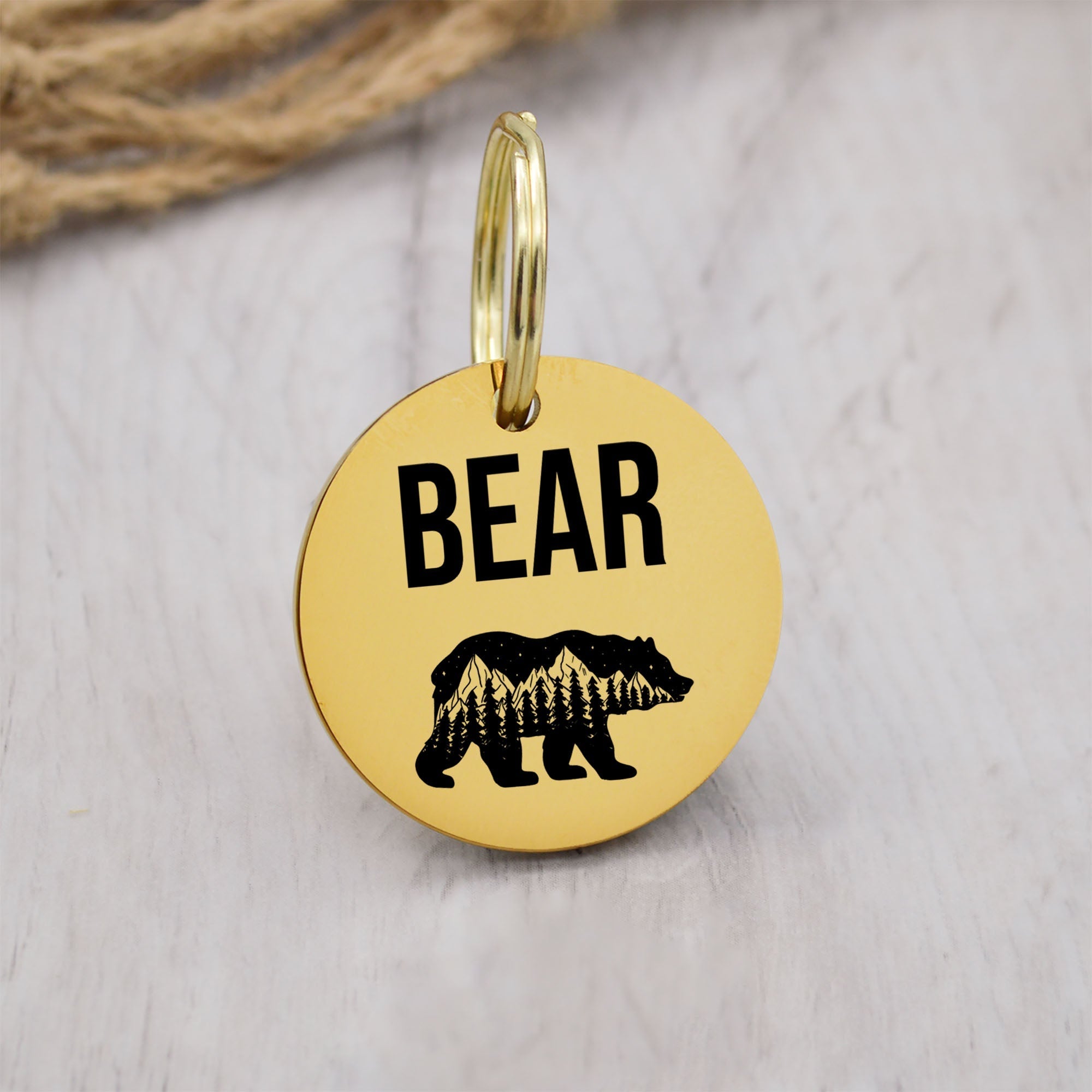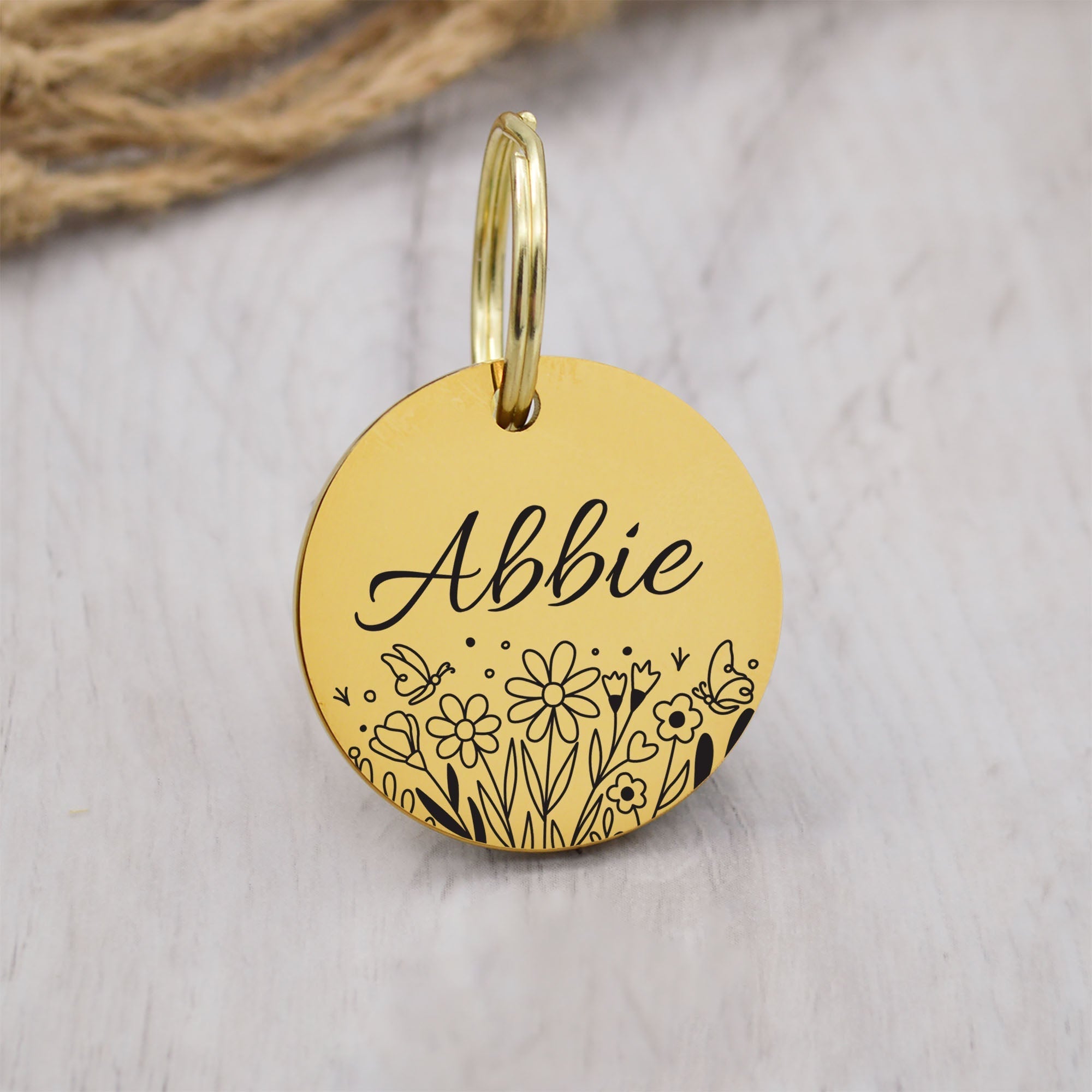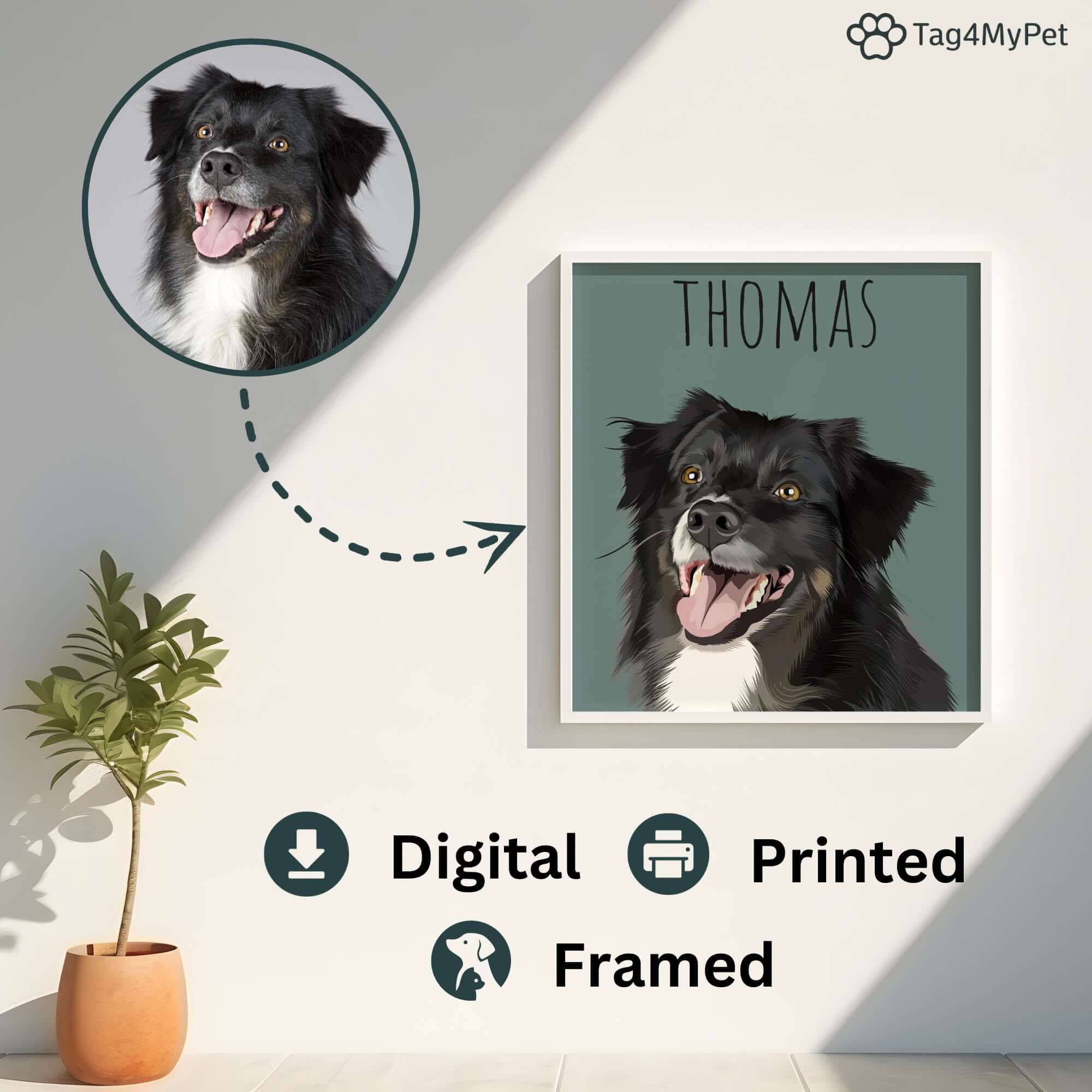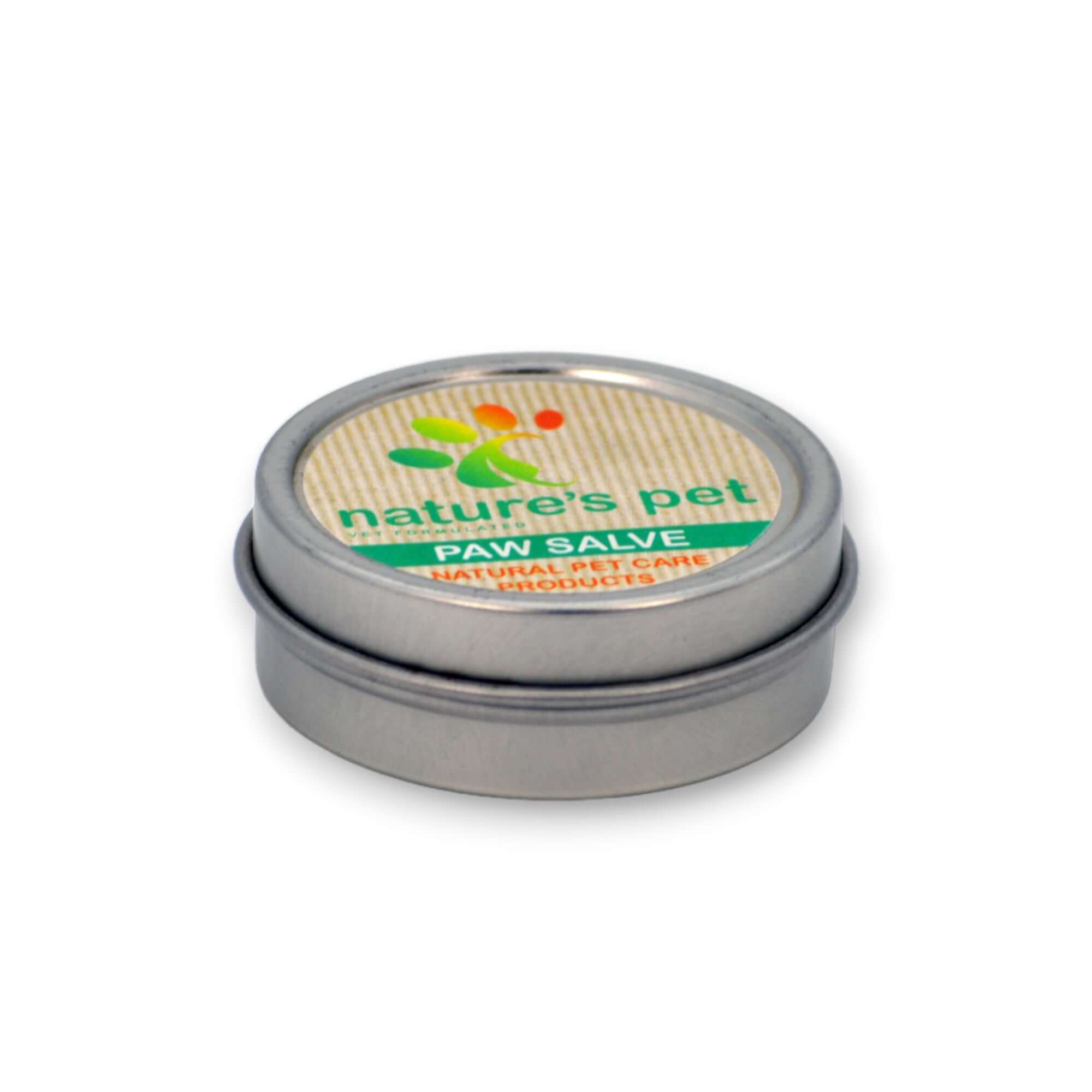When it comes to ensuring the safety and security of your pets, a well-crafted ID tag is an indispensable tool. This small token provides crucial information about your furry friend and can be a lifesaver if they ever get lost. In this blog post, we'll cover what information should be on a dog ID tag, why it's important, and share a personal story to emphasize the value of this small investment.
Key Information to Include on a Dog ID Tag
-
Your Pet's Name
-
Including your pet's name on the ID tag can help create a connection with the person who finds them. A friendly name may encourage people to approach your pet with care and compassion.
-
Your Phone Number
-
The most critical piece of information is your current phone number. Providing a number where you can be reached immediately increases the chances of a fast reunion with your pet.
-
Your Address
-
While opinions vary, including your address can be beneficial, especially if your pet is found in your local area. If you’re concerned about privacy, maybe just the city and zip code will suffice.
-
Important Medical Information
-
If your pet has any medical conditions, including this information can be useful. For example, "Needs Daily Medication" can prompt a quick return.
-
Microchip Number
-
Including the microchip number isn’t necessary if your pet is already chipped, but adding "Microchipped" to the tag might prompt a finder to have the pet scanned.

Why is a Dog ID Tag Important?
According to the American Kennel Club, having proper identification can drastically reduce the amount of time your pet spends away from home. A simple, legible ID tag can make the difference between a lost pet staying lost or being returned swiftly.
A Personal Story: The Day I Lost Brigitte
Years ago, I experienced the heart-stopping fear of losing a pet. My cat, Brigitte, had always been an indoor cat, but one summer day she slipped out unnoticed. For hours, I searched the neighborhood, called her name, and posted signs. It was Brigitte's ID tag that eventually led a kind neighbor to call me and let me know they had found her hiding in their backyard. The relief was indescribable. This experience reinforced to me the priceless value of an ID tag.
Additional Tips for Effective ID Tags
-
Keep it Simple: Clarity is key. Avoid cluttering the tag with too much information.
-
Durable Materials: Use materials that stand up to scratching and wear. Stainless steel or brass are good options.
-
Updated Information: Make sure all contact details are up-to-date. If you move or change phone numbers, update your tags immediately.
Conclusion
Incorporating your contact details, pet's name, and any medical needs on a dog ID tag is a simple yet effective way to ensure their safe return if they ever wander off. Use this guide to craft the ideal ID tag and gain peace of mind knowing your furry companion has the best chance of getting home safely.
